Home>Technology>Home Entertainment Systems>How To Record Television
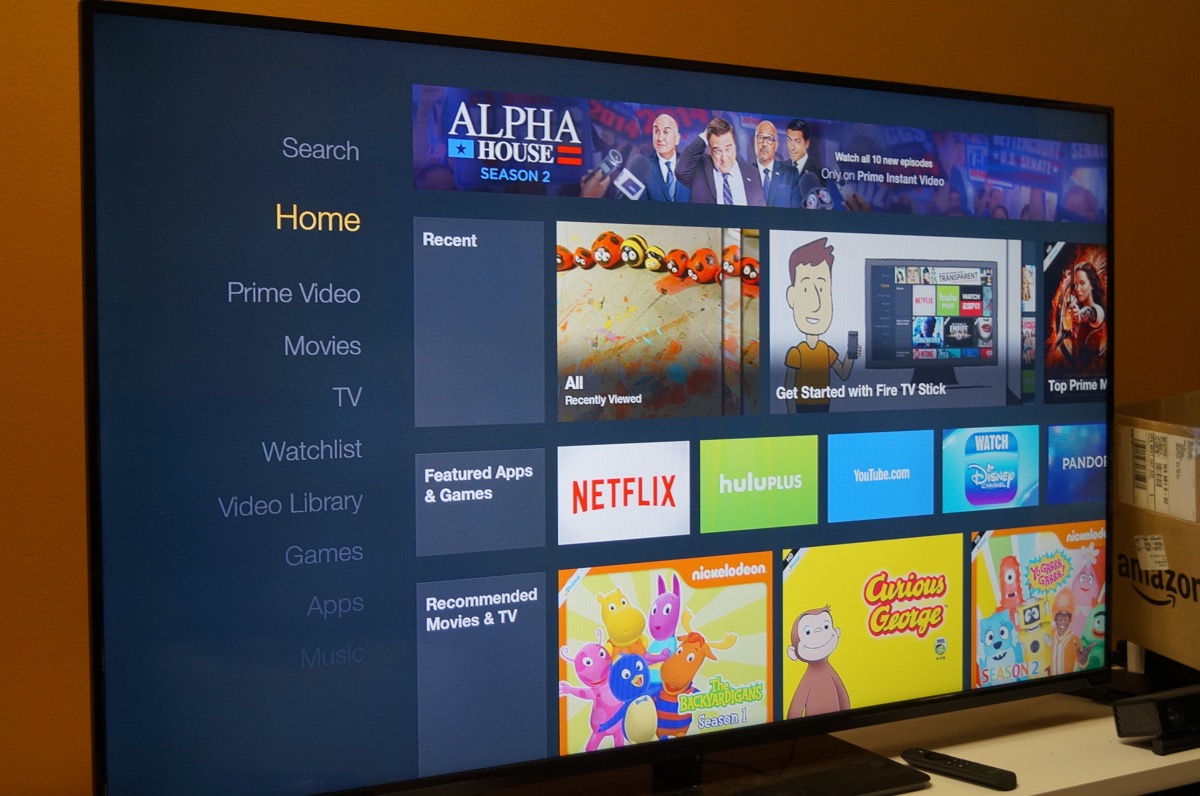

Home Entertainment Systems
How To Record Television
Published: December 21, 2023
Learn how to record television with your home entertainment system. Discover the best methods for capturing your favorite shows and movies at home. Enhance your viewing experience today!
(Many of the links in this article redirect to a specific reviewed product. Your purchase of these products through affiliate links helps to generate commission for Storables.com, at no extra cost. Learn more)
Introduction
Welcome to the exciting world of television recording! Whether you’re a sports enthusiast who doesn’t want to miss a game, a movie buff who loves to build a personal library of favorite films, or simply someone who wants the flexibility to watch TV on your own schedule, knowing how to record television is a valuable skill. With the right equipment and a bit of know-how, you can capture and preserve your favorite shows, movies, and events to enjoy at your convenience.
In this guide, we’ll explore the essential equipment needed for television recording, the process of setting up your recording device, choosing the right recording format, and tips for successful television recording. By the end, you’ll have the knowledge to make the most of your television recording capabilities and ensure that you never miss out on the entertainment you love.
Key Takeaways:
- Takeaway 1:
Recording television is easy with the right equipment like a DVR, and setting it up is crucial for a hassle-free experience. Choosing the right recording format ensures high-quality playback and efficient use of storage space. - Takeaway 2:
To make the most of television recording, manage your recording space, schedule strategically, and utilize advanced features like series recording and remote access. Embrace the power to tailor your TV-watching experience to suit your schedule and interests.
Read more: How To Store Medical Records
Equipment Needed
Before you can start recording television, you’ll need the right equipment to capture and store the content. Here are the essential components for successful television recording:
- Digital Video Recorder (DVR): A DVR is a crucial tool for recording television. It allows you to schedule recordings, pause live TV, and store a large amount of content for future viewing. Many cable and satellite providers offer DVRs as part of their service packages, or you can purchase standalone DVR units for over-the-air recording.
- Television or Set-Top Box: To view and record television content, you’ll need a television or a set-top box that receives the TV signal. Make sure your TV or set-top box is compatible with the DVR and has the necessary inputs and outputs for seamless integration.
- External Storage Device: Depending on the capacity of your DVR, you may need an external storage device such as a USB hard drive to expand the recording space. This is especially useful if you plan to record a large number of shows or movies.
- Internet Connection (Optional): Some advanced DVRs offer online streaming and remote access features. If you want to take advantage of these capabilities, ensure that your DVR is connected to the internet via Wi-Fi or Ethernet.
- Remote Control: A functional remote control is essential for navigating the DVR’s interface, scheduling recordings, and managing playback. Make sure your remote control has fresh batteries and is in good working condition.
By having these key components in place, you’ll be well-equipped to embark on your television recording journey and make the most of the entertainment options available to you.
Setting Up Your Recording Device
Once you have gathered the necessary equipment, it’s time to set up your recording device for seamless television recording. Follow these steps to ensure that your DVR or recording system is ready to capture the content you want:
- Connect Your DVR: If you’re using a standalone DVR, connect it to your television or set-top box using the appropriate cables. Ensure that the connections are secure and that the DVR is receiving the TV signal correctly.
- Power On and Initialize: Power on your DVR and follow the initial setup instructions. This may involve configuring your language preferences, connecting to your home network (if applicable), and scanning for available channels.
- Set Up Recording Preferences: Access the DVR’s settings menu to customize your recording preferences. You can specify options such as recording quality, scheduled recording times, and storage allocation for recorded content.
- Test Recording Functionality: Schedule a test recording to ensure that the DVR is capturing content as expected. Verify that the playback quality meets your standards and that the recording process is smooth.
- Optimize Storage Space: If your DVR has limited internal storage, consider connecting an external storage device to expand the recording capacity. Follow the manufacturer’s instructions for formatting and integrating the external storage with your DVR.
- Position Your Remote Control: Ensure that your remote control has a clear line of sight to the DVR and that it is within a comfortable reach for easy navigation and control of recording functions.
By carefully setting up your recording device and familiarizing yourself with its features, you can ensure that your television recording experience is hassle-free and tailored to your preferences. With everything in place, you’ll be ready to start capturing your favorite shows and events with ease.
Use a digital video recorder (DVR) to easily record television shows. Simply schedule the recording and it will automatically save the show for you to watch later.
Choosing the Right Recording Format
When it comes to television recording, selecting the appropriate recording format is crucial for ensuring optimal playback quality and efficient use of storage space. Here are some popular recording formats and considerations to keep in mind when choosing the right format for your needs:
- Standard Definition (SD): Standard definition recording is suitable for capturing content on older televisions or for conserving storage space. While SD recordings may have lower resolution compared to high-definition formats, they can be a practical choice for casual viewing or archiving classic programs.
- High Definition (HD): If you have a high-definition television and want to experience the best possible picture quality, HD recording is the way to go. HD recordings offer crisp visuals, vibrant colors, and enhanced detail, making them ideal for enjoying movies, sports, and nature documentaries in stunning clarity.
- Compression Options: Many DVRs offer compression settings that allow you to balance recording quality with file size. Higher compression levels can help conserve storage space, but they may result in some loss of detail. Experiment with different compression options to find the right balance for your recording needs.
- Supported Codecs and Containers: Check the supported codecs and containers for your DVR’s recording format. Common codecs include H.264 and MPEG-4, while popular containers include MP4 and MKV. Understanding these technical aspects can help you choose a format that is compatible with your playback devices and editing software.
- Audio Quality: Don’t overlook the importance of audio quality when selecting a recording format. Ensure that your chosen format supports high-quality audio encoding to complement the visual experience and deliver immersive sound.
By considering these factors and understanding the capabilities of your recording device, you can make informed decisions about the recording format that best suits your viewing preferences and technical requirements. Whether you prioritize image clarity, storage efficiency, or compatibility with various playback devices, choosing the right recording format is essential for a satisfying television recording experience.
Tips for Successful Television Recording
To make the most of your television recording endeavors and ensure seamless, high-quality playback, consider the following tips and best practices:
- Manage Recording Space: Regularly review and manage your recorded content to free up space for new recordings. Delete shows and movies that you have already watched or no longer wish to keep, and consider transferring important recordings to external storage for long-term preservation.
- Optimize Recording Schedule: Take advantage of your DVR’s scheduling features to plan recordings during off-peak hours or when you’re not using the television. This can help prevent conflicts and ensure that your favorite programs are captured without interruptions.
- Consider Series Recording: If you’re following a TV series, use the series recording feature to automatically capture all episodes, ensuring that you never miss a installment. This can save time and effort compared to manually scheduling individual recordings for each episode.
- Monitor Recording Quality: Periodically review the recording quality of your DVR to ensure that it meets your expectations. Adjust settings as needed to optimize the balance between image clarity and storage efficiency, especially for long-term or high-volume recording needs.
- Utilize Remote Access: If your DVR supports remote access or online streaming, take advantage of these features to manage recordings and access content from your mobile devices or computer. This can be useful when you’re away from home but still want to enjoy your recorded shows.
- Backup Important Recordings: For valuable or irreplaceable recordings, consider creating backup copies on separate storage devices to safeguard against data loss. This extra precaution can provide peace of mind and protect your cherished content from unforeseen technical issues.
By incorporating these tips into your television recording routine, you can maximize the functionality of your DVR, maintain an organized library of recorded content, and enjoy a seamless viewing experience without the limitations of live TV schedules. With a proactive approach to television recording, you’ll have the freedom to curate your entertainment collection and never miss out on the shows and movies that matter most to you.
Read more: How To Organize Genealogy Records
Conclusion
Television recording opens up a world of possibilities for entertainment enthusiasts, offering the flexibility to watch your favorite shows, movies, and events on your own terms. With the right equipment, recording setup, and knowledge of recording formats and best practices, you can elevate your television viewing experience and build a personalized library of content that suits your preferences.
By investing in a reliable DVR, ensuring seamless integration with your television or set-top box, and optimizing recording settings, you can capture high-quality recordings that preserve the magic of live TV for future enjoyment. Whether you’re recording sports games to watch at your convenience, archiving classic films for nostalgic viewing, or staying up to date with the latest TV series, television recording empowers you to take control of your entertainment experience.
Remember to regularly manage your recording space, schedule recordings strategically, and leverage advanced features such as series recording and remote access to make the most of your television recording capabilities. By staying organized and proactive, you can curate a collection of recorded content that reflects your unique tastes and preferences.
Television recording is not just about capturing moments; it’s about creating a personalized viewing experience that aligns with your lifestyle. Whether you’re a casual viewer or a dedicated entertainment connoisseur, television recording puts the power in your hands, allowing you to tailor your TV-watching experience to suit your schedule and interests.
Embrace the world of television recording, and unleash the full potential of your entertainment system to enjoy the shows and movies you love, whenever and wherever you desire.
Frequently Asked Questions about How To Record Television
Was this page helpful?
At Storables.com, we guarantee accurate and reliable information. Our content, validated by Expert Board Contributors, is crafted following stringent Editorial Policies. We're committed to providing you with well-researched, expert-backed insights for all your informational needs.

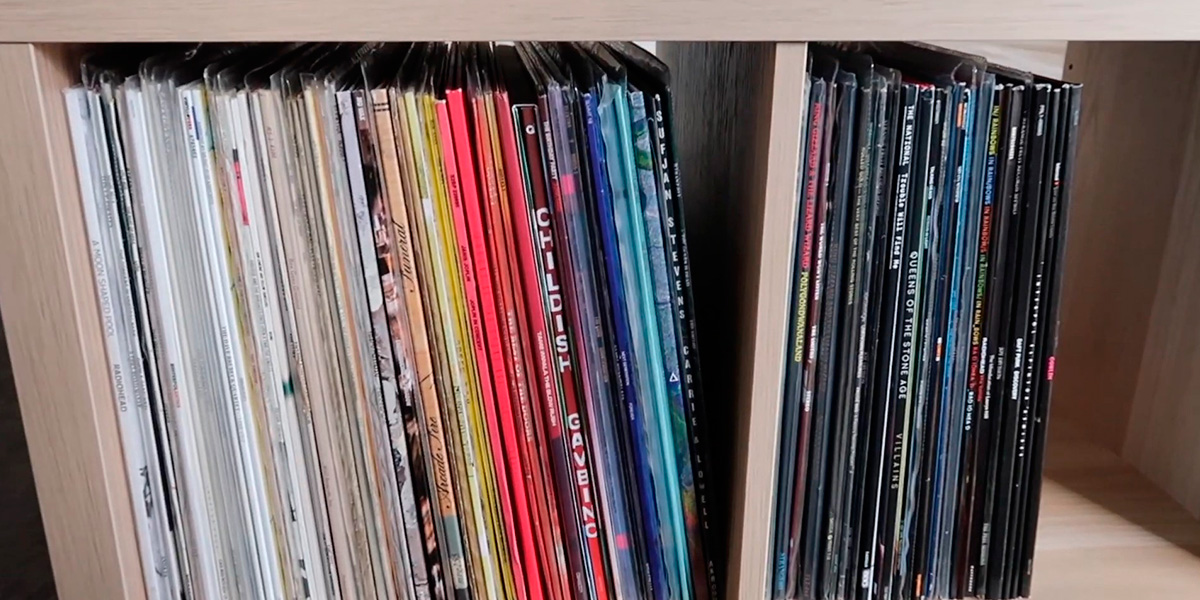

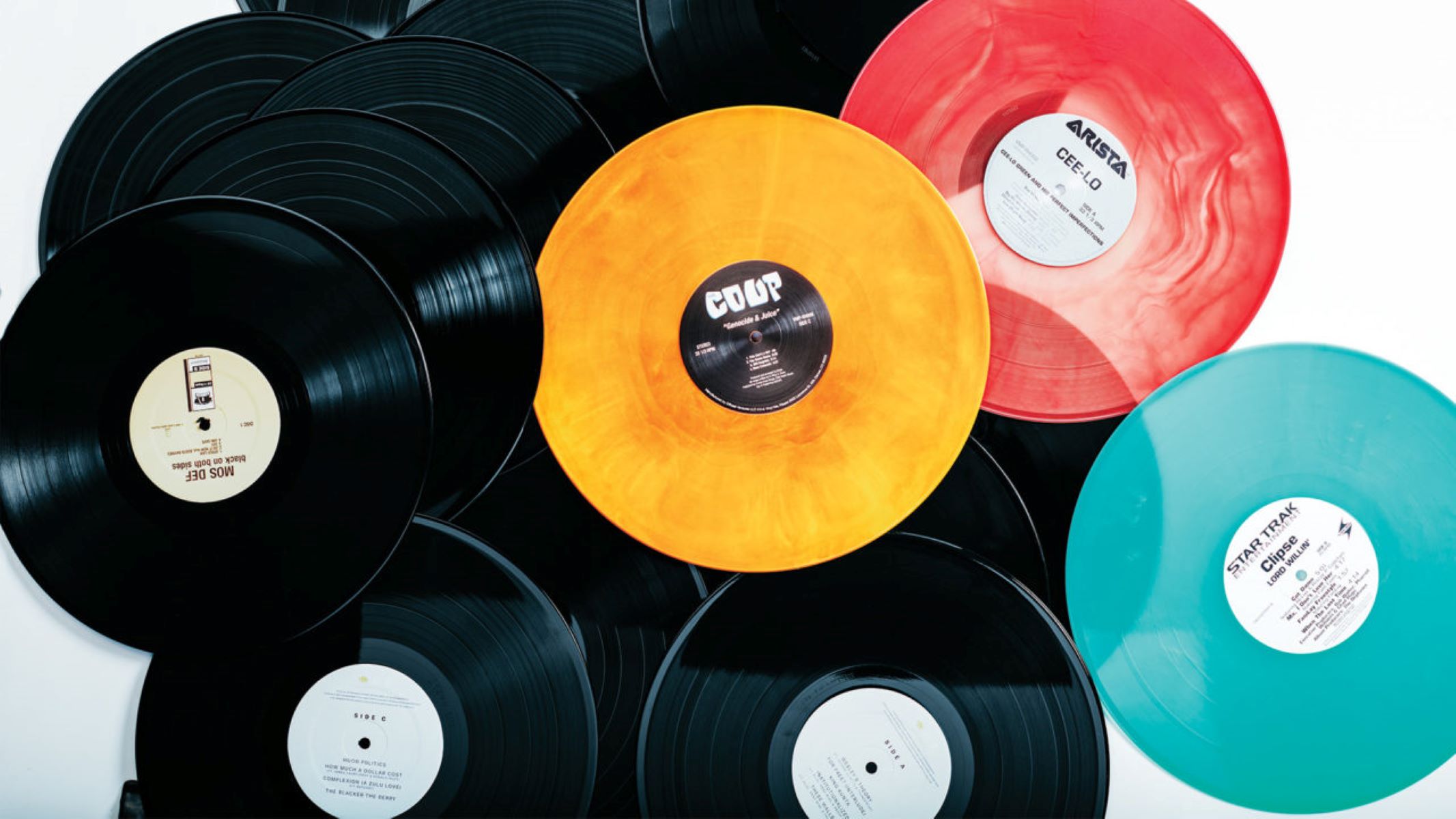
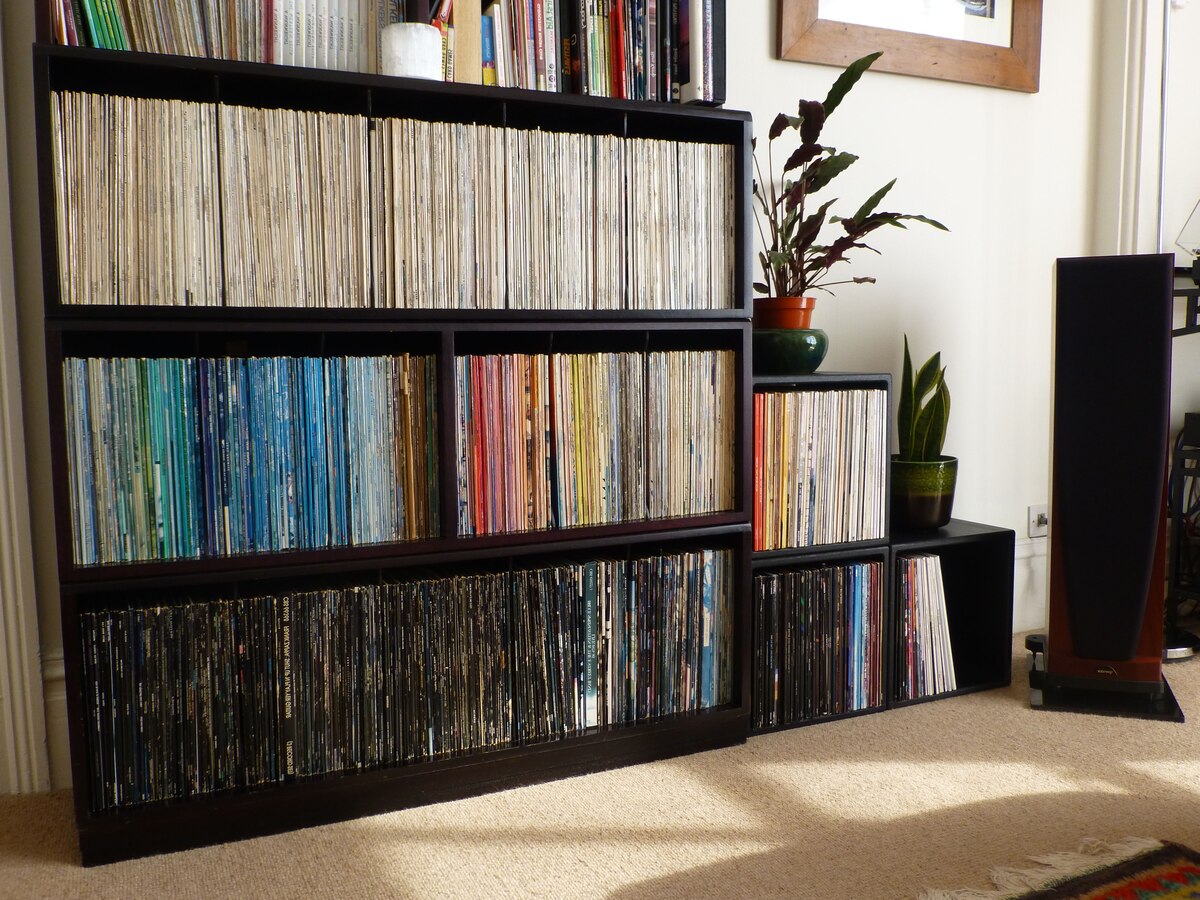
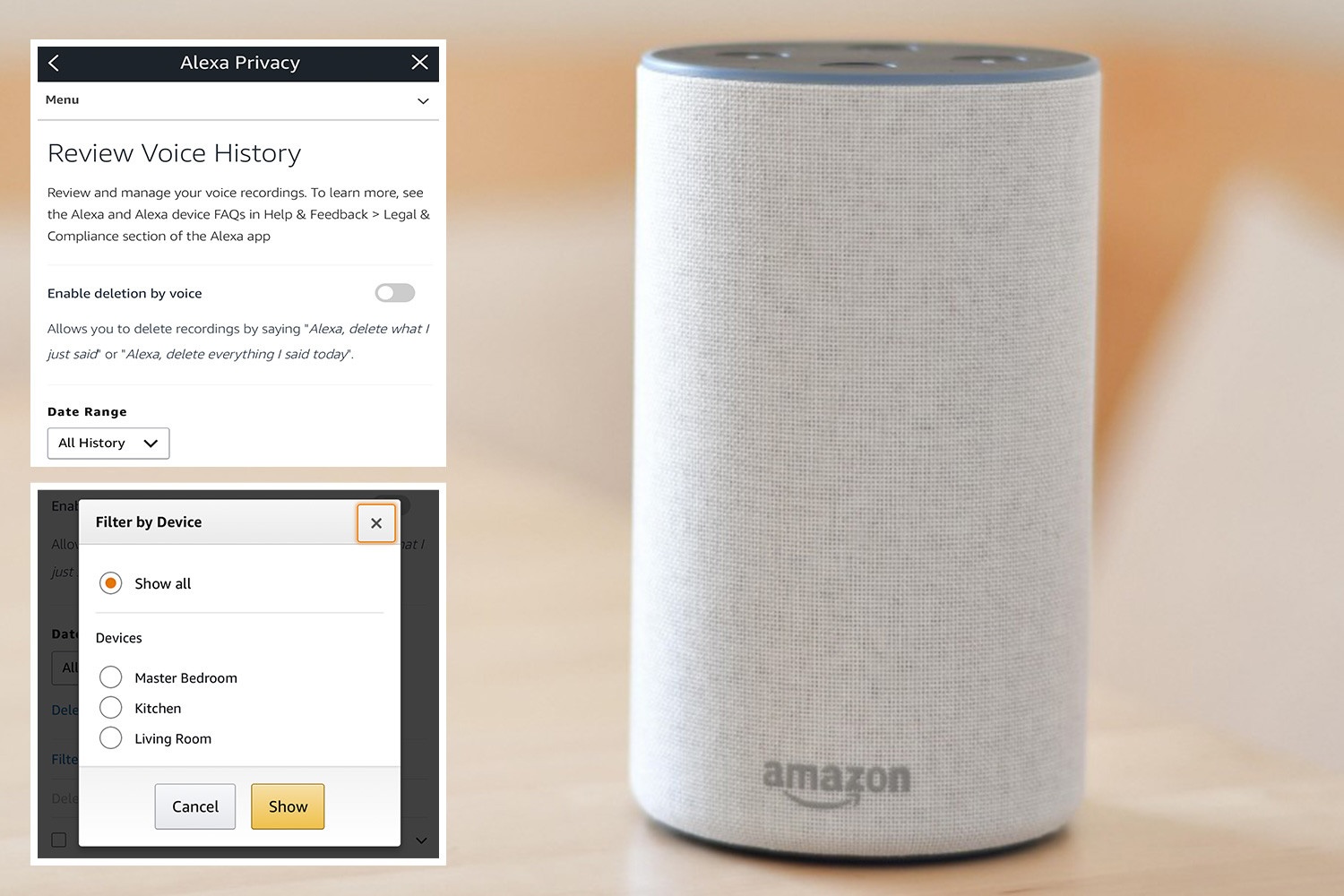
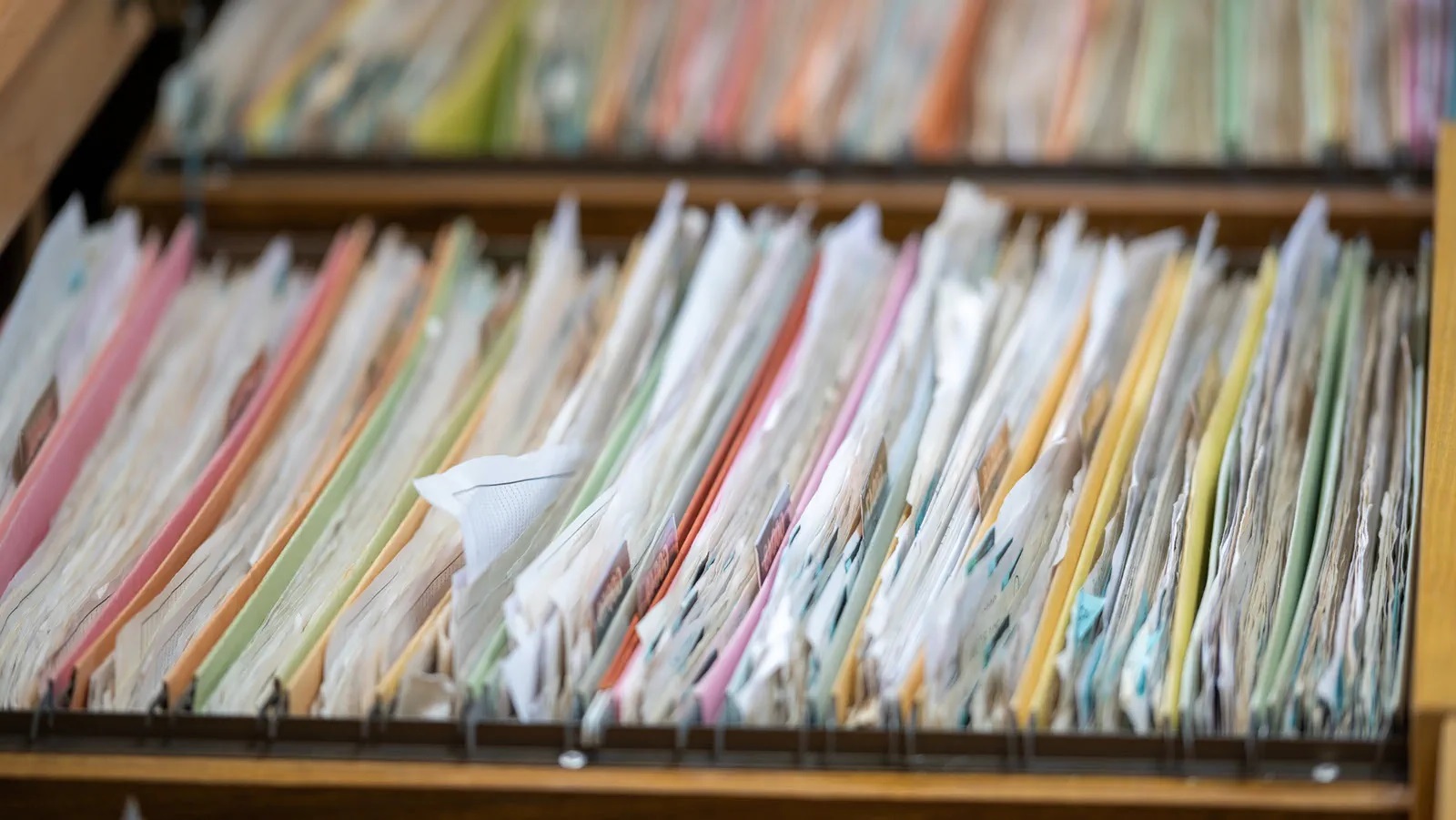
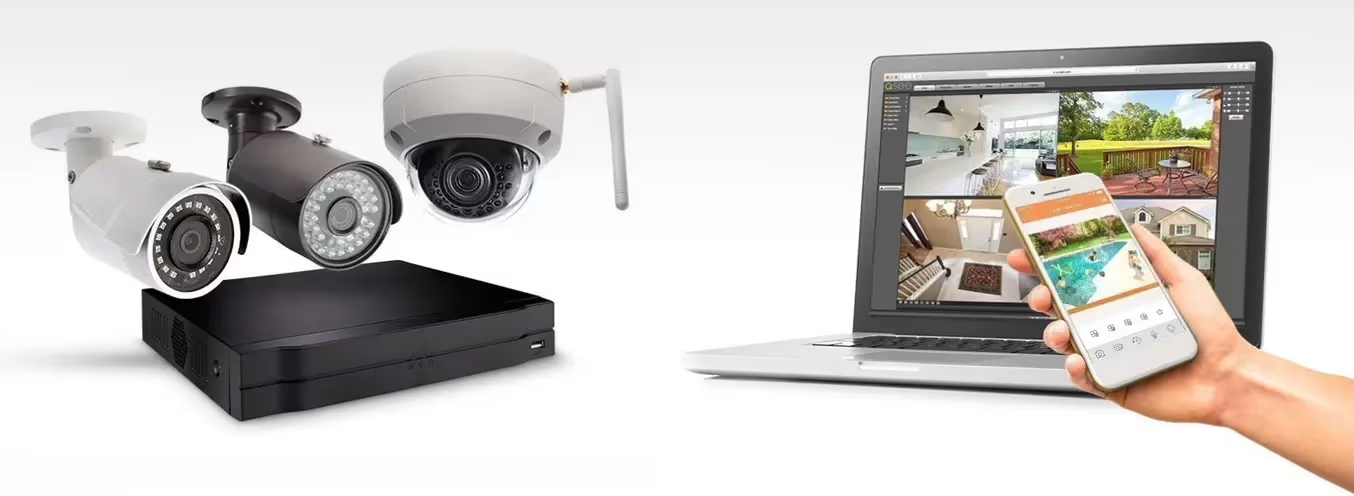
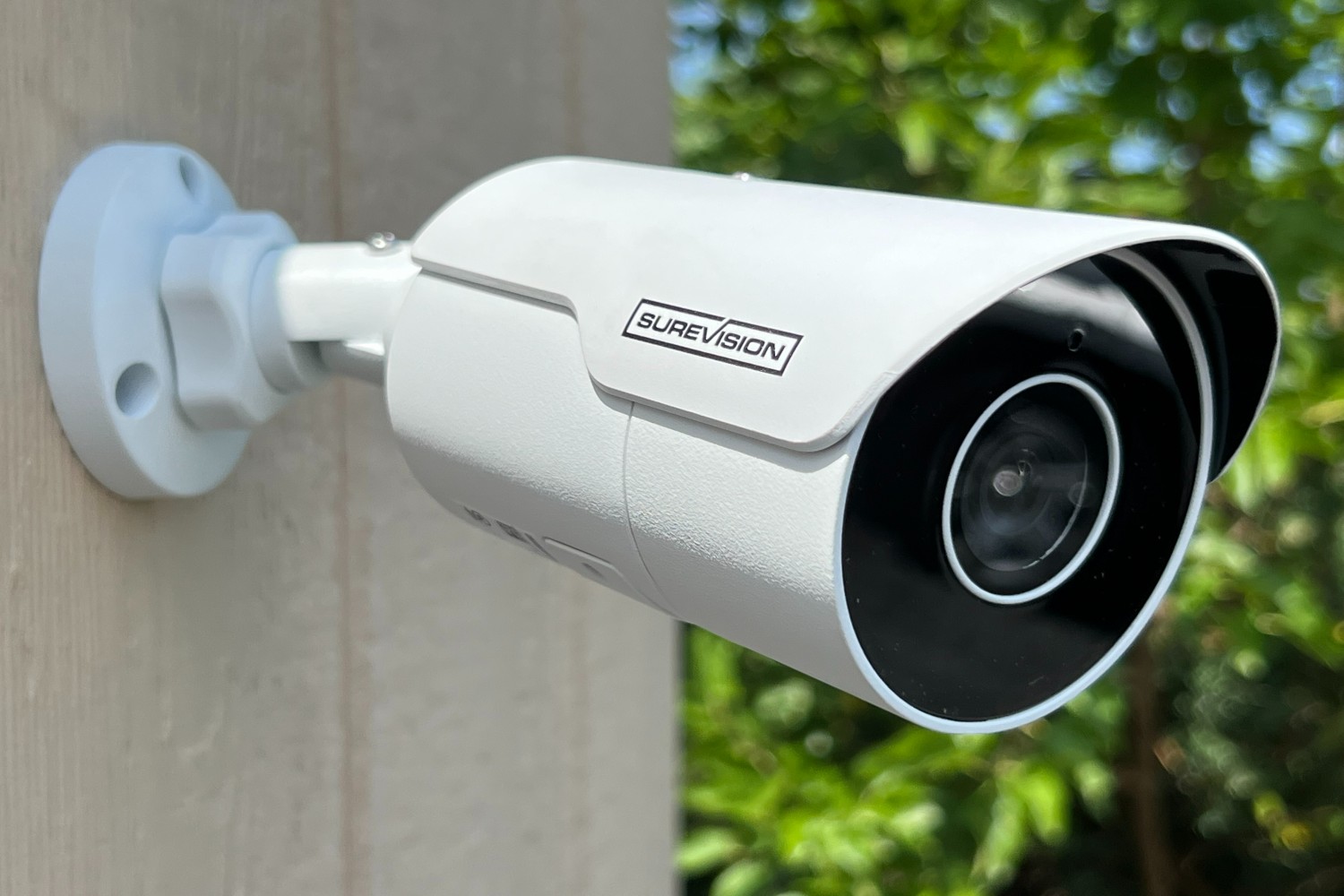
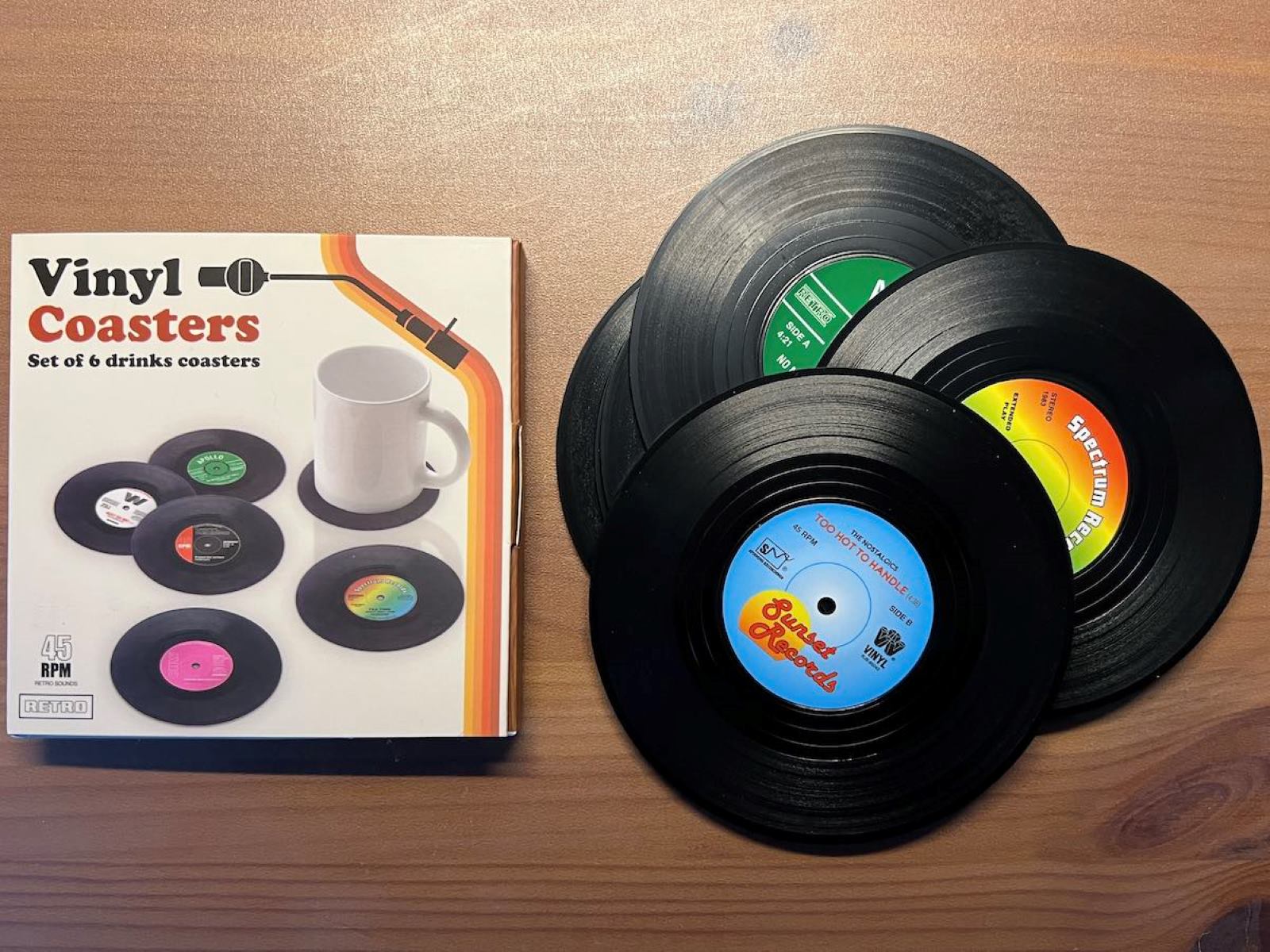
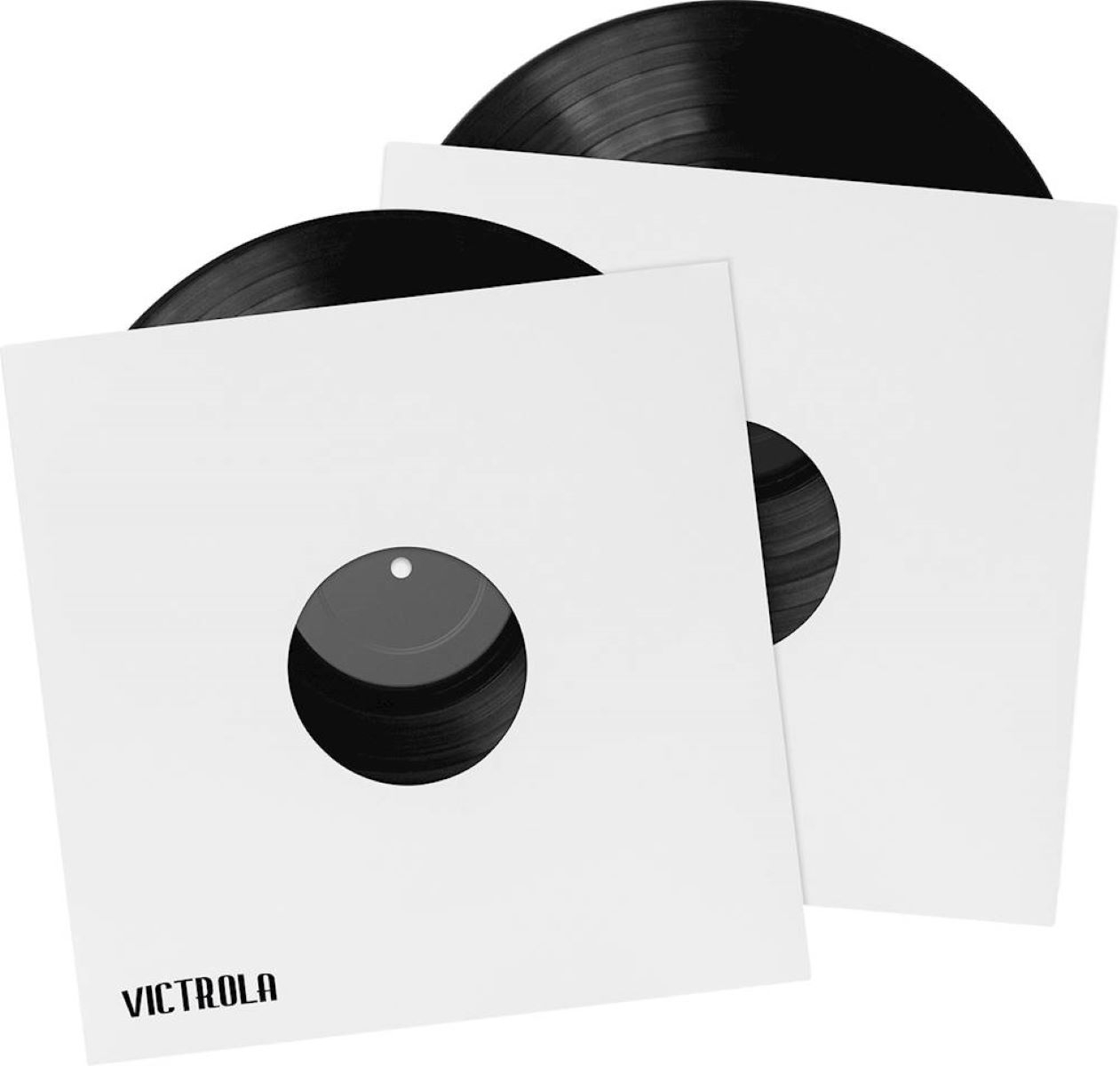

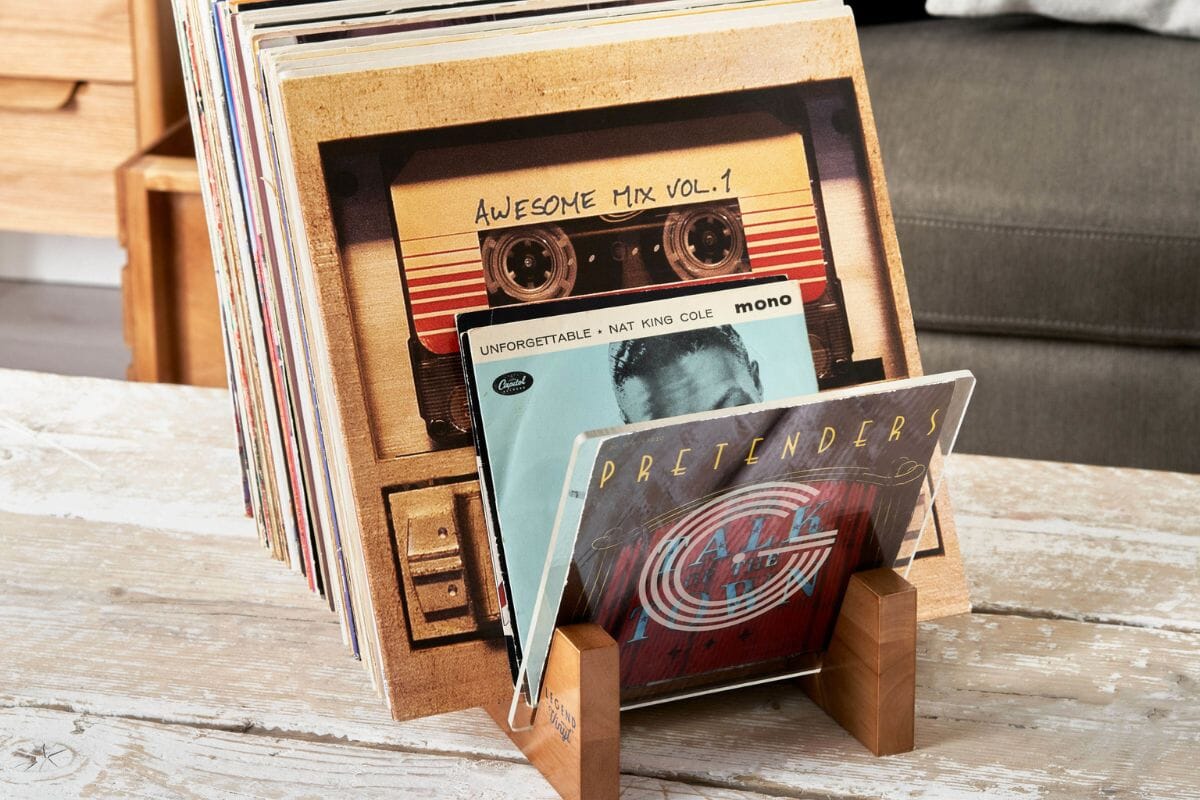
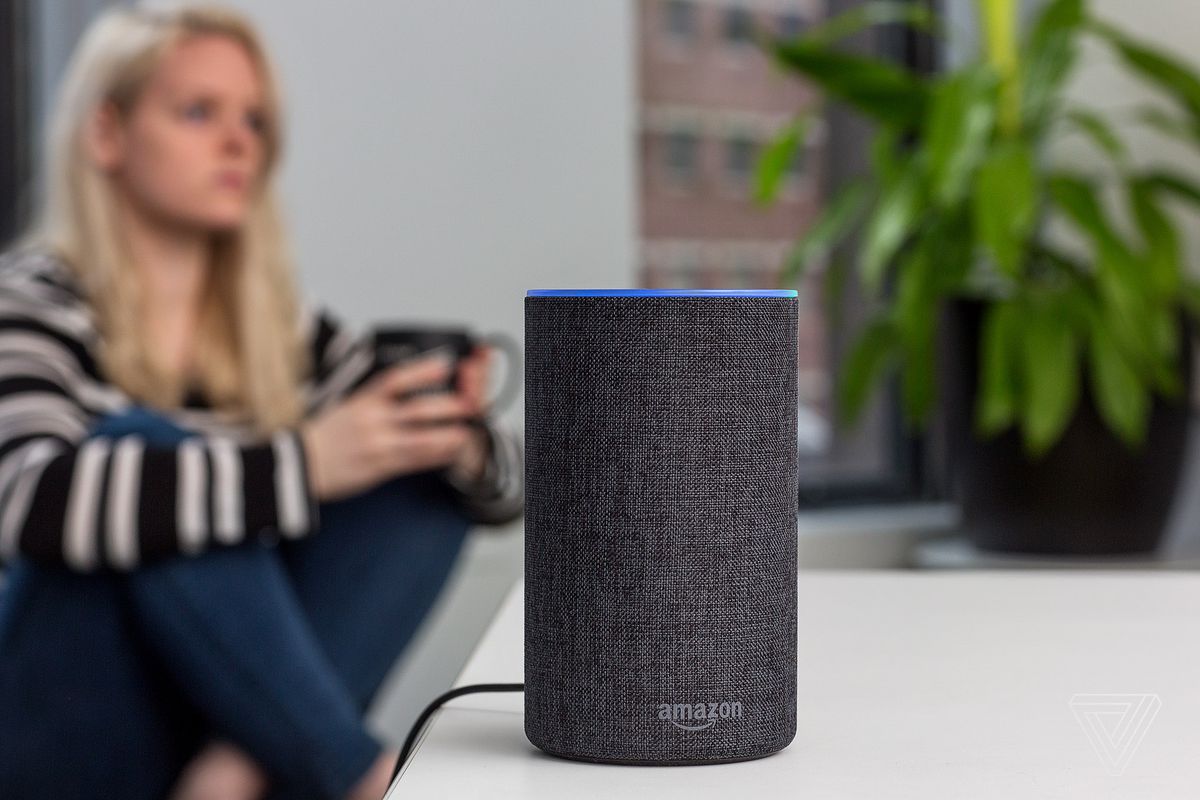

0 thoughts on “How To Record Television”